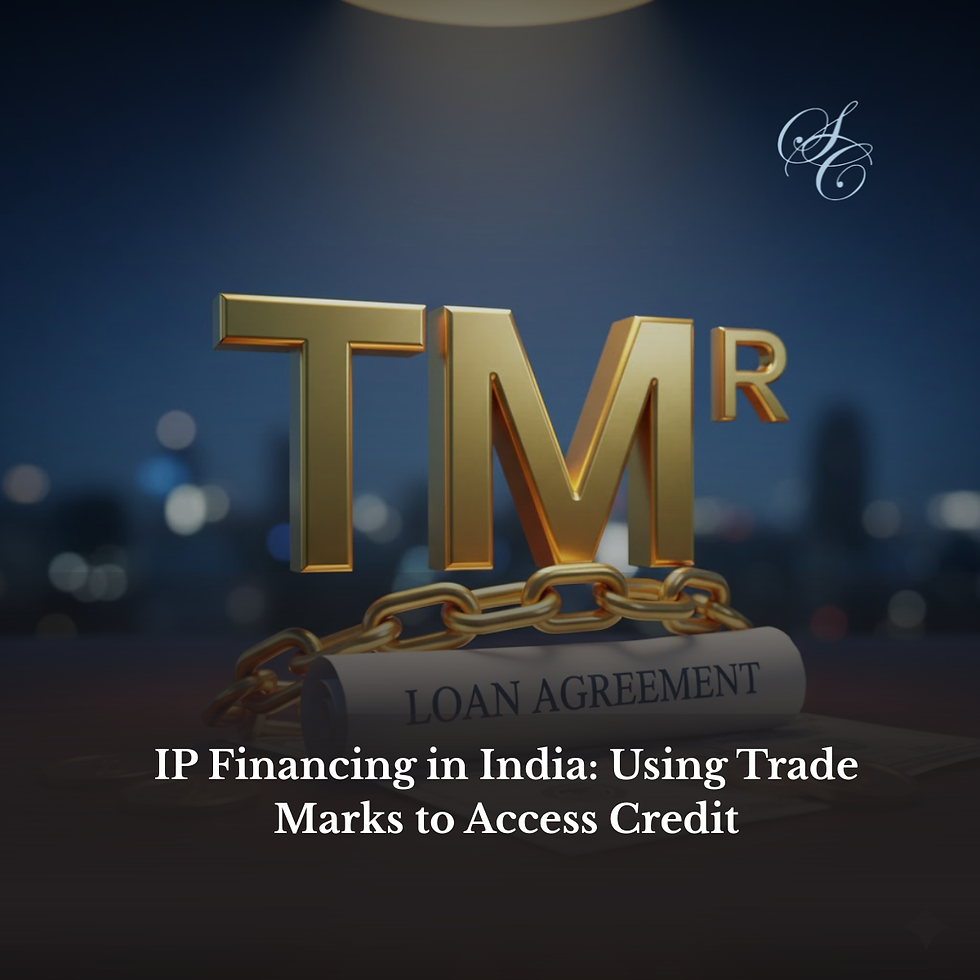SPLITVIEW—The Battle in the Delhi High Court
- Sarwajeet Singh
- Apr 20, 2016
- 2 min read
Recently Apple Inc. (“Apple”) was sued by Rohit Singh, a local software developer, in the Delhi High Court for passing-off. The suit emanated from Apple’s use of the term SPLITVIEW as the name of a feature of its recently launched software. As the term suggests, the SPLITVIEW feature gives users the ability to split the screen into two separate parts so that two tabs can be used simultaneously. The Plaintiff alleged that, since 2005, he has sold software bearing the name SPLITVIEW. This software enables a user to simultaneously work on multiple windows on the user’s computer screen.
The learned Single Judge passed an order granting an ex-parte ad interim injunction against Apple’s use of SPLITVIEW as the name of any software program or as the name of a feature within a software program or in any hardware. The judge was of the view that such use amounts to passing-off of the Plaintiff’s SPLITVIEW mark. It is notable that the learned Single Judge agreed with the Plaintiff’s argument that SPLITVIEW is not descriptive because the combination of SPLIT and VIEW is unique. The learned Single Judge also agreed with the Plaintiff’s contention that if Apple’s use was bona fide and honest, then it could have used other marks such as SPLIT SCREEN, SPLIT MONITOR, MULTI VIEW, DUAL VIEW, MULTI SCREEN or DUAL SCREEN. etc. Click here to read the single judge’s order.
Apple appealed the learned Single Judge’s order. The Division Bench vacated the ex-parte ad interim injunction against Apple, holding that such an injunction “in a matter concerning trademark violation should ensue only if a very strong prima- facie case is made out with respect to a trade mark which is inherently distinctive.” In this case, the Plaintiff had not made out a case for grant of such an injunction, particularly because there is a serious issue for consideration, namely, whether SPLITVIEW “is descriptive of an essential feature of the computer program, thereby rendering the words, even if used in conjunction with each other, not eligible to be a trade mark.” The nature of SPLITVIEW, whether as a descriptor or as a trade mark, came into question because counsel for Apple submitted various documents and precedents to demonstrate that SPLITVIEW had been used to describe an essential feature of the functions of the software program. Furthermore, Apple alleged that it was, in fact, the prior user of SPLITVIEW through a predecessor-in-interest. Click here to read the Division Bench’s order
Both parties were directed to file their respective pleadings within the time frames set by the Division Bench. Furthermore, Apple was directed to file the documents it sought to rely on as per the procedure in the Code of Civil Procedure, the code that governs procedural matters in all civil disputes. The next date of hearing is May 9, 2016.




Comments